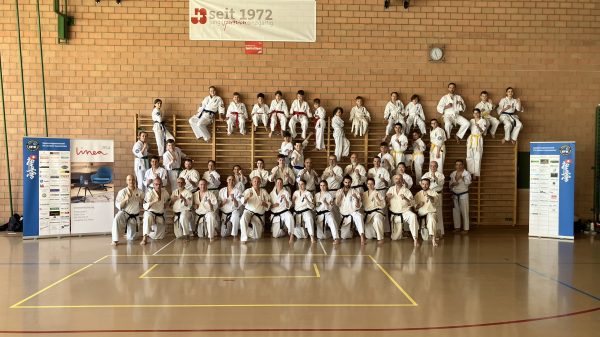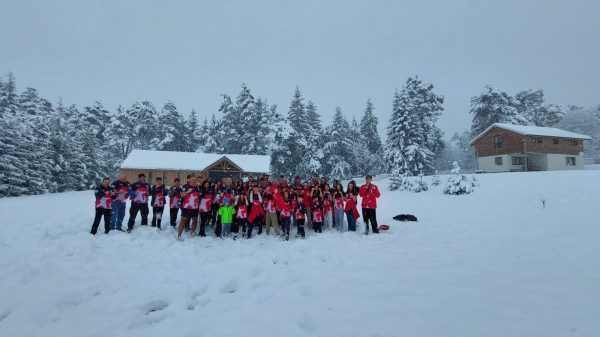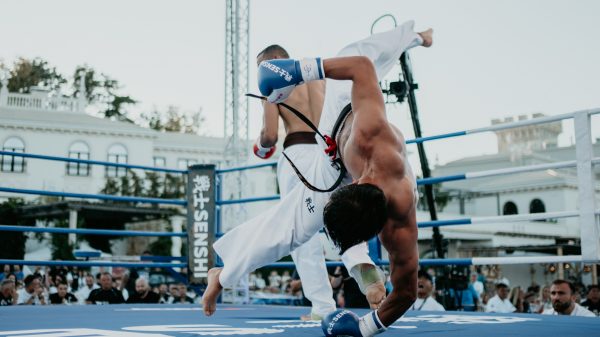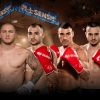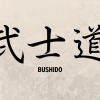Karate, an Asian martial art that originated in Okinawa
in the early part of the twentieth century, has spread throughout the world.

Not surprisingly, as the art grew, variations in technique grew as well. The variations eventually became the different ryu or ryuha. “Ryu” is a Japanese word meaning “school,” as in a school of thought. Each karate ryu has its own approach to the fighting arts.
SHOTOKAN-RYU: Gichin Funakoshi, a school teacher from Shuri, Okinawa, developed Shotokan karate. Funakoshi introduced karate to the Japanese mainland in 1921. His linear style with its deep stances and hard techniques was named after his pen name “Shoto.”
SHITO-RYU: In the 1930s, Kenwa Mabuni founded Shito-ryu. Mabuni was born into a samurai family and began studying Shuri-te, an Okinawan martial art, in his early teens. The style he developed is known for its extensive list of kata, or training forms, and wide range of stylistic elements.
GOJU-RYU, Chōjun Miyagi, developed Goju-ryu. “Go” means hard, and “ju” means soft, alluding to goju-ryu’s powerful punches and circular joint locks. Goju-ryu is best known for the kata Sanchin, which goju players practice as a technique drill, meditation, and body conditioning exercise.
WADO-RYU: Wado-ryu is a Japanese form of karate that mixes the striking of Shotokan and the grappling of jujitsu. The founder, Hironori Otsuka, was one of Gichin Funakoshi’s earliest students. He also studied with other karate and jujitsu masters before formalizing his new style just before World War II.
SHORIN-RYU: Shorin-ryu was founded by Choshin Chibana in the 1930s. Shorin is the Japanese word for Shaolin, the name of the famous martial arts temple in China. The name reflects the fact that Chibana’s karate is a mixture of Shuri-te, an Okinawan martial art, and the Chinese martial arts Chibana learned during his travels.
UECHI-RYU: Uechi-ryu is named after Kanbun Uechi. In the late nineteenth and early twentieth centuries, Uechi studied Pangai-noon, a southern style of Chinese kung fu, in the Fukien province of mainland China. He returned to Okinawa to teach, where he was one of the first karate teachers to teach foreigners.
SHURI-RYU: Shuri-ryu is the earliest karate style to be developed in the United States. It was founded by Robert Trias, who studied martial arts in the Pacific during World War II. The style is an eclectic style, assembled during the 1940s and 50s from Okinawan Shuri-te and Naha-te as well as Chinese Hsing-I and kung fu.
KYOKUSHINKAI: Masutatsu Oyama is the founder of Kyokushinkai. A newer style than the “traditional” styles founded in the 1920s and 30s, Kyokushinkai was founded in 1964. It is an arduous, extremely hard style of karate. Tournaments are won by knock down or knock out, and fighters are trained to both take and deliver extremely hard blows.
BUDOKAN: Unlike most styles of karate, budokan did not develop in Japan or China. Its roots are in Malaysia, where its founder, Chew Choo Soot, studied judo, jujitsu, wrestling and Shotokan. Since its founding in 1966, budokan has spread throughout south Asian and the rest of the world.
CHITO-RYU: Chito-ryu is a Japanese style founded by Tsuyoshi Chitose in 1946. The style is a direct descendent of Tode, the original Okinawan martial art. It is closely related to Shorin-ryu and Shorei-ryu. It is known for the fast rotation, tension and relaxation of the lower body used to drive its upper body techniques.




